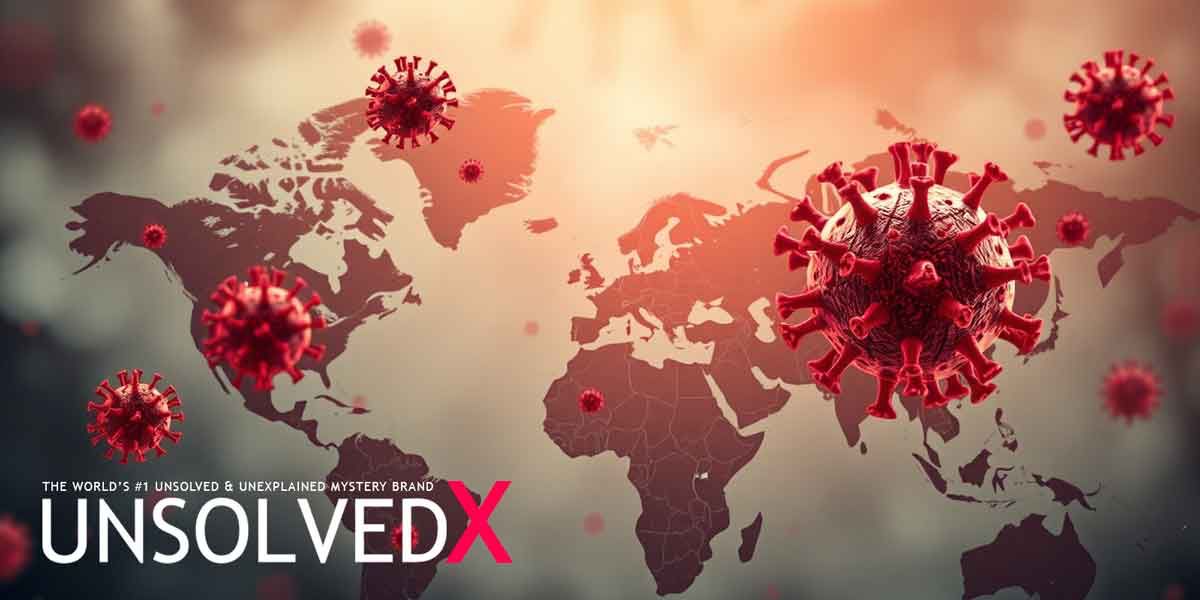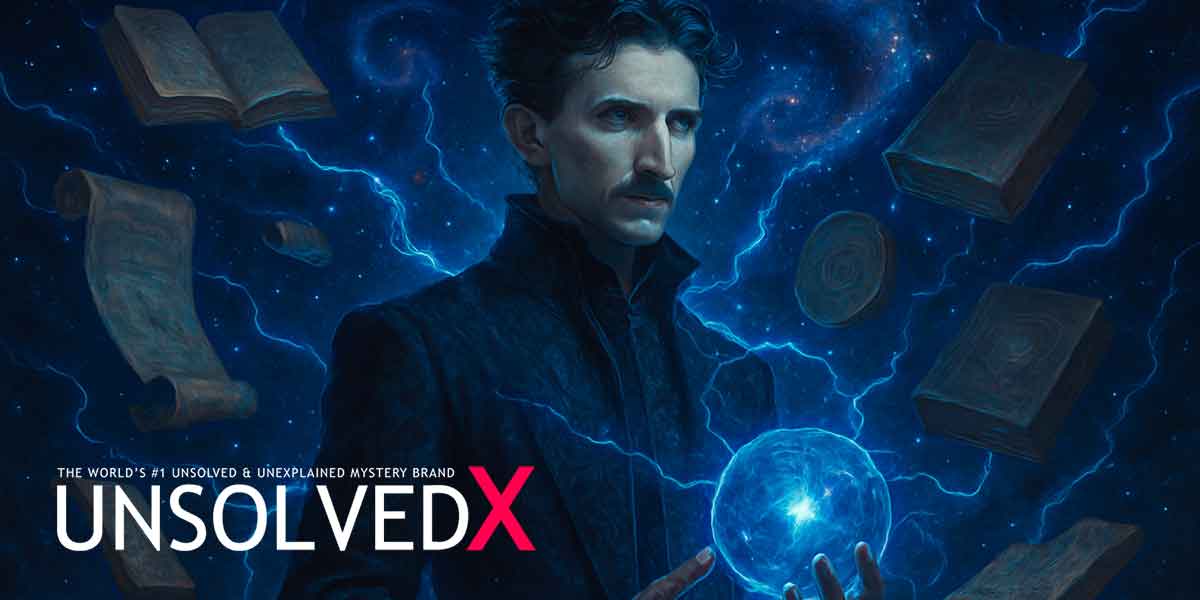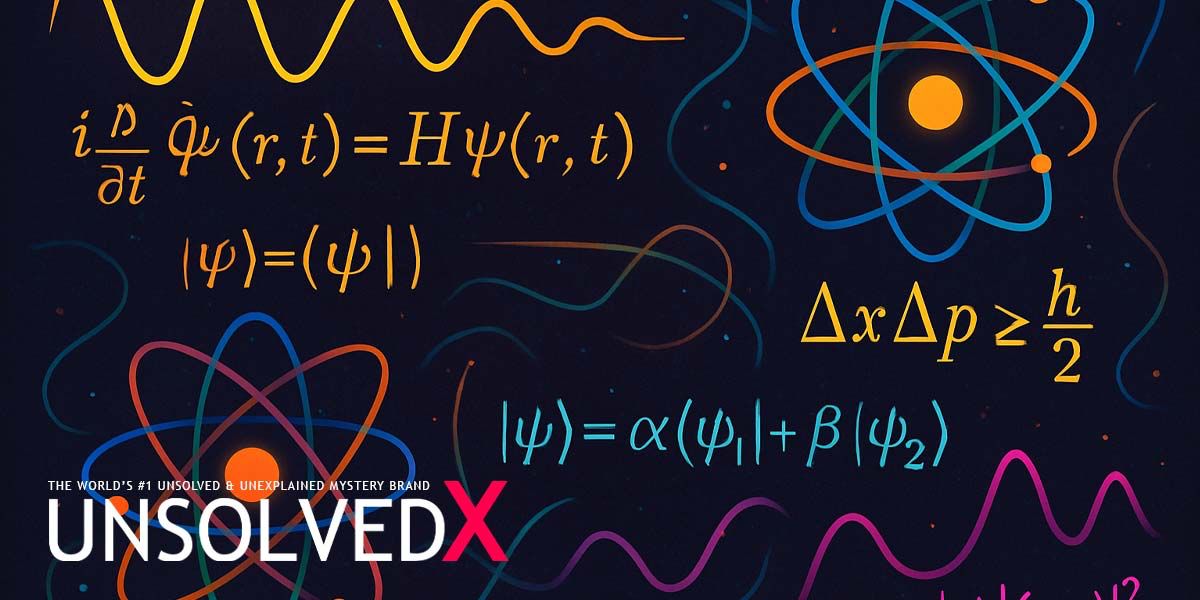Echoes of a Global Scourge
The Spanish Flu, erupting in 1918, remains one of history’s deadliest pandemics, claiming an estimated 50 million lives worldwide. Despite its name, the influenza strain likely did not originate in Spain but was first widely reported there due to the country’s neutral stance in World War I, allowing uncensored press coverage. Scientists now believe the virus, an H1N1 strain, may have emerged in Kansas, United States, possibly from a military camp, though its exact origins remain a haunting mystery. Spread by respiratory droplets, the flu thrived in crowded wartime conditions—soldiers in trenches, civilians in urban slums—racing across continents with unprecedented speed. Its ability to kill young, healthy adults, unlike typical flu strains, baffled doctors, who lacked modern virology to understand its ferocity. The 1918 pandemic struck in waves, with the second wave in late 1918 proving the deadliest, leaving entire communities reeling.
Why the Spanish Flu was so lethal remains an enigma. Unlike most influenza viruses, it triggered a cytokine storm, an overactive immune response that turned the body against itself, particularly in those aged 20–40. Theories point to a zoonotic origin, possibly from birds or pigs, but no definitive source has been confirmed. The absence of vaccines, antibiotics, or even basic viral knowledge left humanity defenseless, with treatments like aspirin often doing more harm than good due to overuse. The Centers for Disease Control and Prevention note that genetic reconstructions of the virus, recovered from preserved tissue samples, reveal a uniquely aggressive pathogen, yet gaps in understanding its sudden emergence and disappearance by 1920 persist, fueling debates about whether such a catastrophe could strike again.
The Human and Societal Devastation
The Spanish Flu’s toll was not just biological but a profound societal upheaval. It overwhelmed healthcare systems, with hospitals turning away patients and makeshift morgues overflowing. In cities like Philadelphia, mass graves were dug as deaths outpaced burials. Cultural practices, from funerals to public gatherings, were halted, foreshadowing modern pandemic responses. The flu’s indiscriminate spread—hitting remote Alaskan villages and bustling European capitals alike—erased any illusion of safety. Survivors faced lifelong health issues, including neurological damage, while orphaned children and shattered economies reshaped societies. In India, an estimated 17 million died, crippling colonial infrastructure and amplifying calls for independence.
The social scars were deepened by inequities. Poor communities, lacking access to sanitation or medical care, suffered disproportionately. Misinformation, like blaming “bad air” or minority groups, fueled panic and division. The flu’s mystery deepened with stories of resilience, such as nurses who worked tirelessly despite infection risks, yet no clear explanation exists for why some survived unscathed while others perished within hours. The World Health Organization highlights how the pandemic exposed global health disparities, a lesson still relevant today. The Spanish Flu’s legacy is a reminder that pandemics are not just medical crises but human tragedies that reveal society’s fault lines.
Lingering Questions and Modern Shadows
The Spanish Flu’s mysteries continue to challenge scientists and historians. Why did it vanish by 1920, only to leave descendant strains circulating today? Advances in genomics have allowed researchers to study the 1918 virus’s structure, revealing similarities to modern H1N1 strains, yet its unparalleled virulence remains unexplained. Was it the war’s unique conditions—malnutrition, troop movements—that amplified its spread, or could a similar virus emerge in peacetime? The National Institutes of Health warn that modern travel and urbanization could make a future pandemic even deadlier. Efforts to develop universal flu vaccines draw on 1918 lessons, but the virus’s ability to mutate keeps prevention elusive.
Connections to other mysteries, like the 1916 polio epidemic, which also baffled scientists with its sudden onset, underscore the unpredictability of infectious diseases. The Spanish Flu’s shadow looms over modern pandemics, with COVID-19 prompting comparisons to 1918’s chaos. Questions persist: Could we predict the next great flu? Are we better prepared? Investments in surveillance systems and global health infrastructure aim to prevent a repeat, but the 1918 virus’s ability to evade understanding reminds us of nature’s unpredictability. Its story is both a warning and a call to unravel the secrets of our microbial foes.










Comments
Comments section coming soon!